![How Marketers Can Use Evolving Tech like ChatGPT, PMax and GA4 with Matt Bowen [Podcast]](https://www.veracityagency.com/wp-content/uploads/Matt-Bowen-800x600-1.jpg)
How Marketers Can Use Evolving Tech like ChatGPT, PMax and GA4 with Matt Bowen [Podcast]
Joining Amy on today’s PR Talk Podcast is Matt Bowen, associate director of enterprise client services and strategy at Logical Position (LP), an award-winning digital marketing agency. The duo discuss two recent seismic shifts marketers and PR professionals have seen with Google. That is, after talking about ChatGPT, of course.
As Amy and Matt discuss new developments in AI, Matt sheds light on the ongoing war between Google and Microsoft, leaving us to wonder which platform will be the winner in integrating AI tech with monetization.
Seismic Shift 1: Performance Max
One example of an exciting new integration is Google’s Performance Max (PMax) campaign, which launched in June last year and changed how marketers allocate their budgets. Matt explains that instead of relying on marketers manually dividing up where their ad inventory budget should go, Google uses its data to find the most effective way to allocate the budget to the right audience, maximizing campaign objectives.
Seismic Shift 2: Google Analytics 4
The analytics community is up in arms about Google’s Analytics 4 (GA4) — the new analytics measurement tool that will replace Universal Analytics this July. However, Matt and Amy discuss the interesting components GA4 will bring in both privacy and customizable technology, including the raved about predictive audience feature. Using Google’s smart bidding technology, GA4’s predictive audience feature optimizes advertising budgets in order to increase exposure with likely buyers and lessen exposure with unlikely buyers, making for a quicker sale.
Advice for Marketers and PR Pros
Amy asks Matt for advice on how PR and marketing professionals can stay ahead of the digital curve. He emphasizes the importance of embracing technology as a tool that can assist us in our jobs rather than replace us. With AI and other technological advancements, we can enhance our campaigns and achieve better results while still relying on our expertise to drive success.
Tune in now to hear more about these updates and better understand what is happening in the tech world.
Don’t Miss an Episode
If you haven’t already subscribed to the PR Talk Podcast, you can find more great episodes on iTunes, Stitcher, Google Podcasts, iHeart Radio and Spotify. While you’re there, don’t forget to rate and review the show!
About the Guest: Matt Bowen
At LP, Matt Bowen works with enterprise eCommerce brands and retailers to implement overarching PPC strategies that lead to long-term growth. His department manages some of the agency’s largest clients, with a managed spend of more than $16 million. Matt is responsible for strategic planning and execution of large scale initiatives to align with clients’ key performance indicators and ROI, including SEM, SEO, social, and email campaigns.
PR Talk is part of the Marketing Podcast Network
The Marketing Podcast Network gives brands that sell to marketers direct access to reach thousands of buyers via their trusted media source: Marketing podcasts. Browse our library of shows and see where your message can be placed to reach prospective customers ripe for your message.
This episode of PR Talk is brought to you by PRSA Oregon
Throughout Oregon and Southwest Washington, PRSA provides members with networking, mentorship, skill building and professional development opportunities – whether you are a new professional fresh out of college or a skilled expert with 20 years in the industry. Check out PRSAoregon.org for more information on how membership can help you grow and connect.


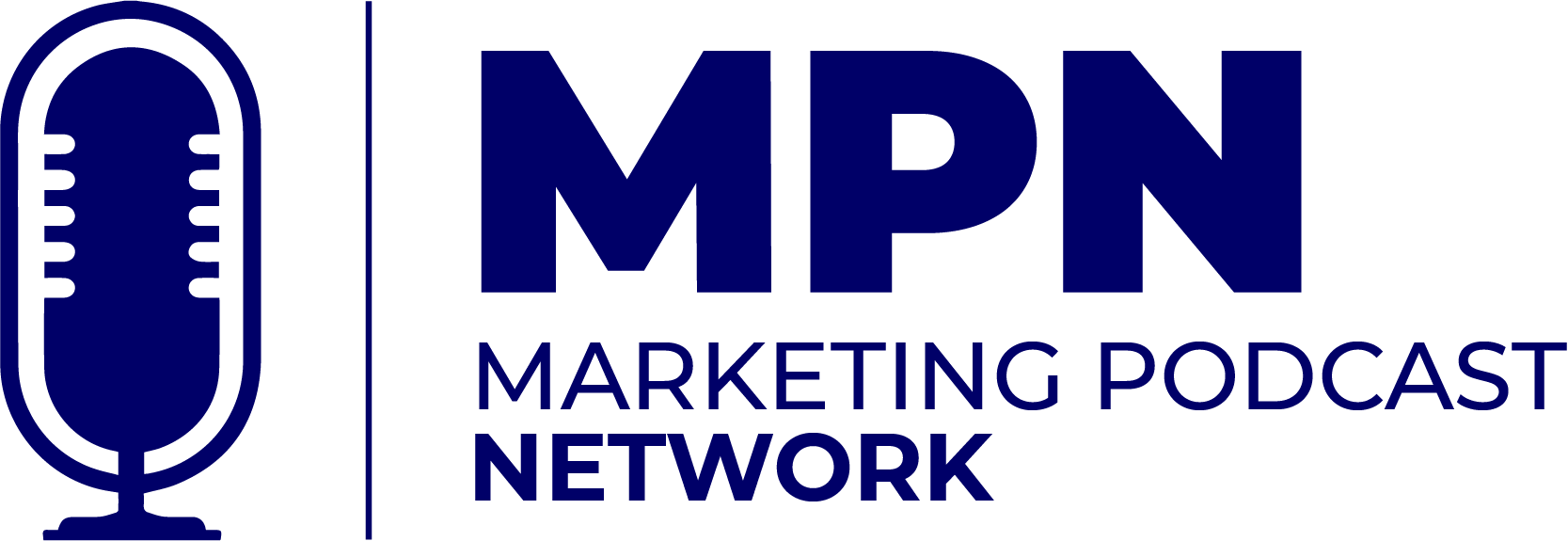
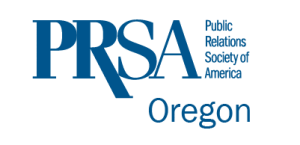
![2023 Marketing Predictions from Recent PR Talk Guests [Podcast]](https://www.veracityagency.com/wp-content/uploads/2023-Predictions-800x600-1.jpg)
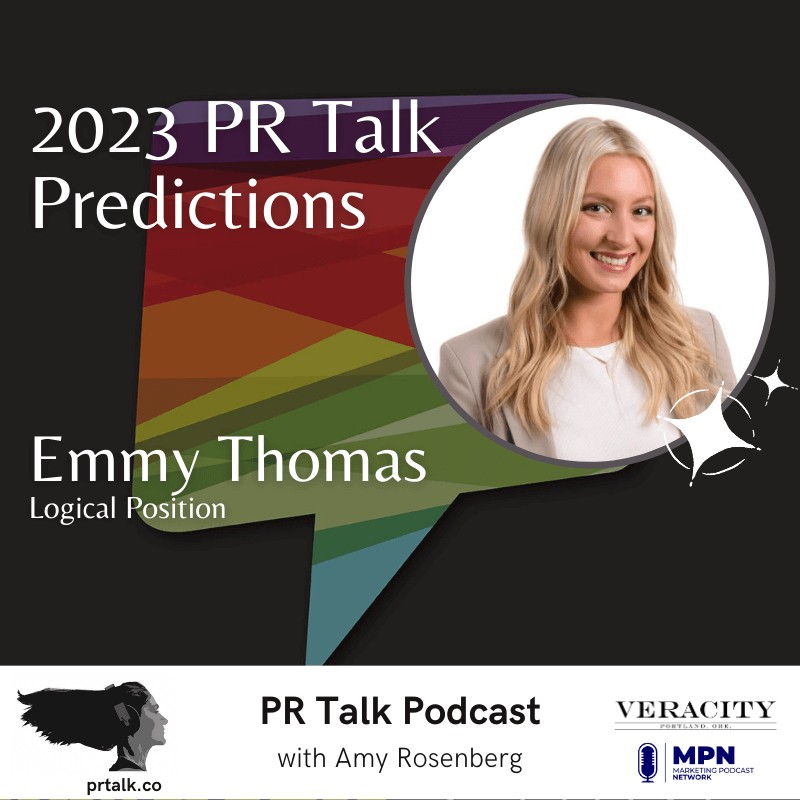
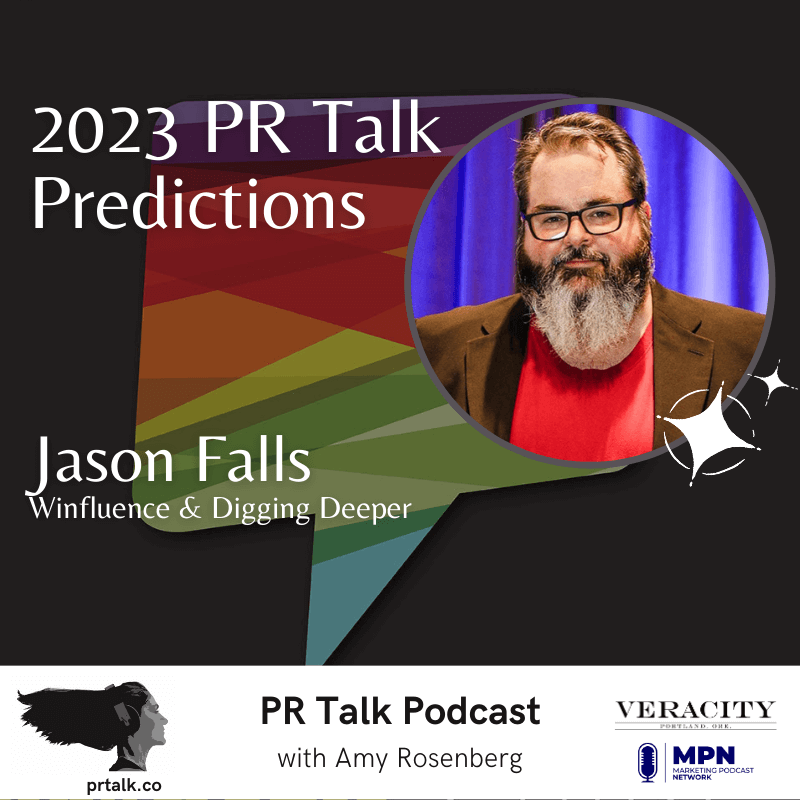
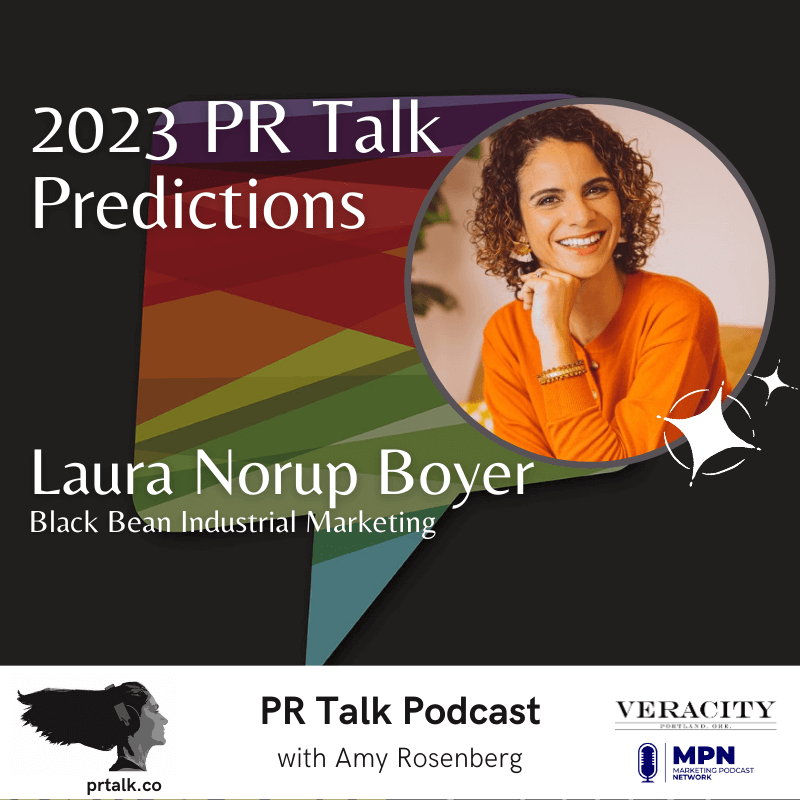
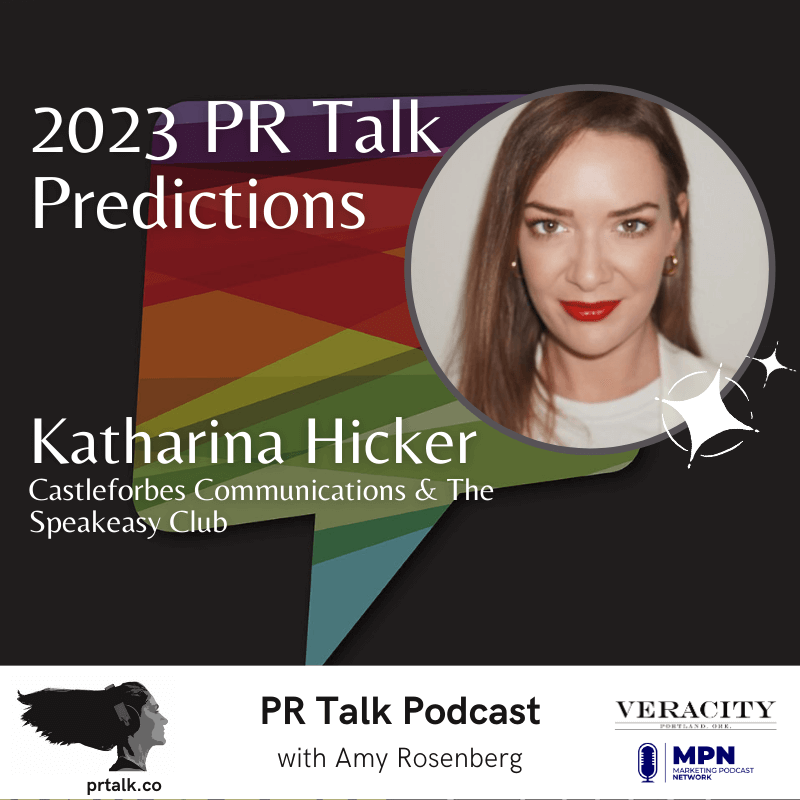
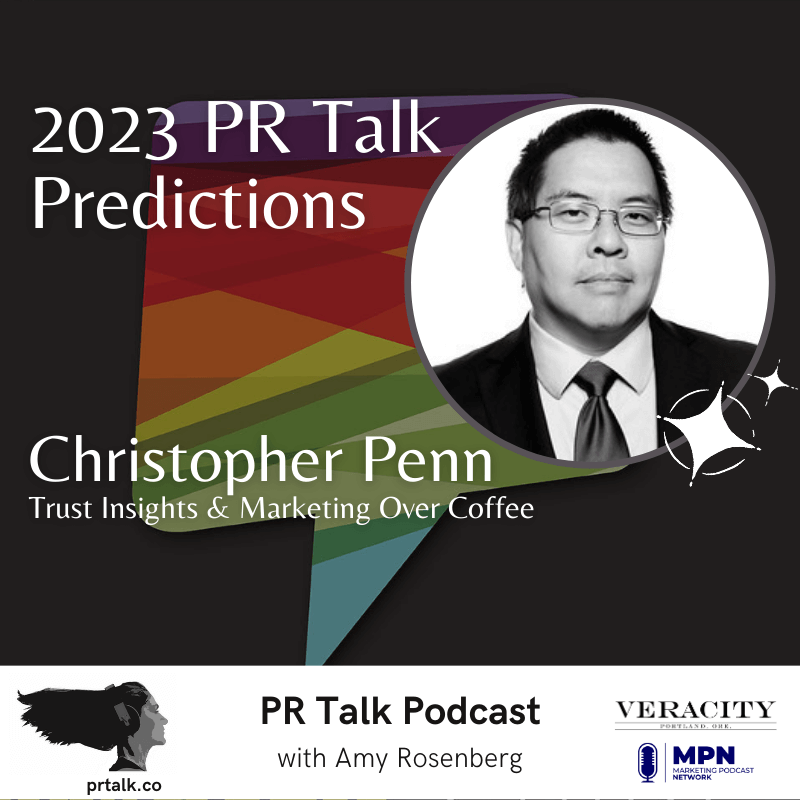
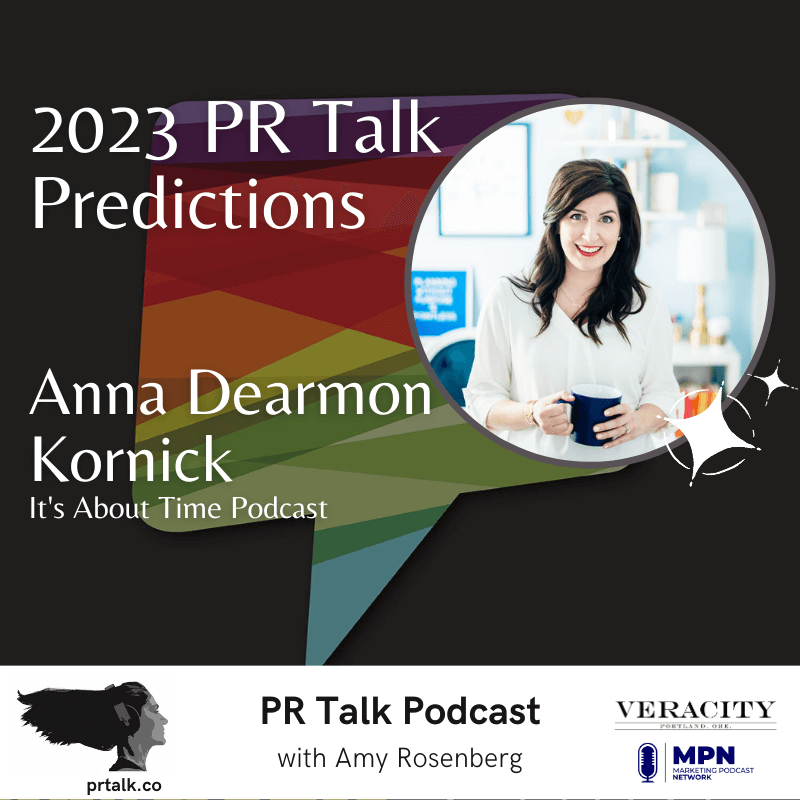
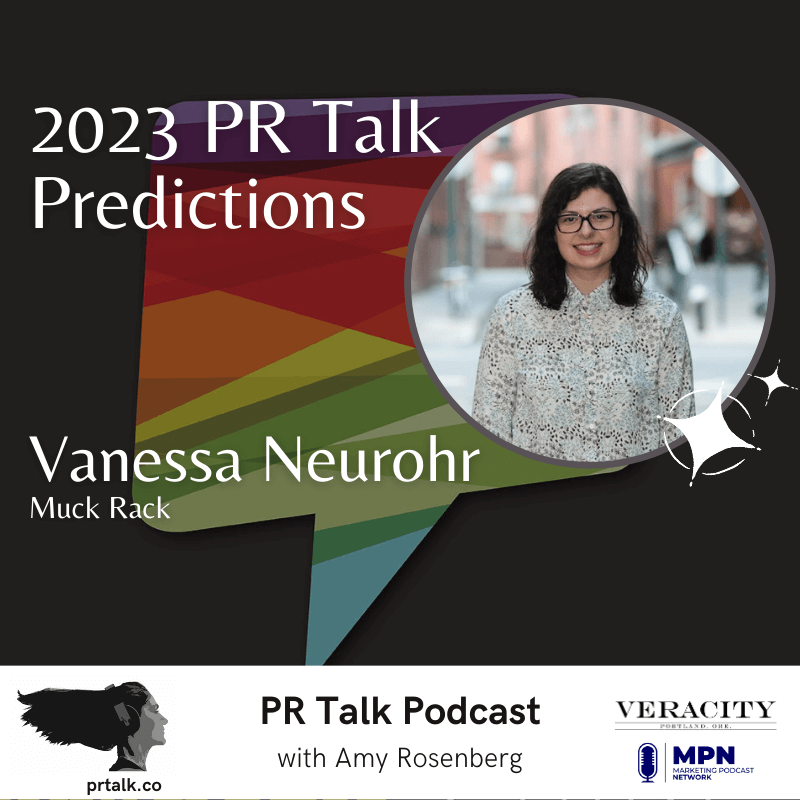
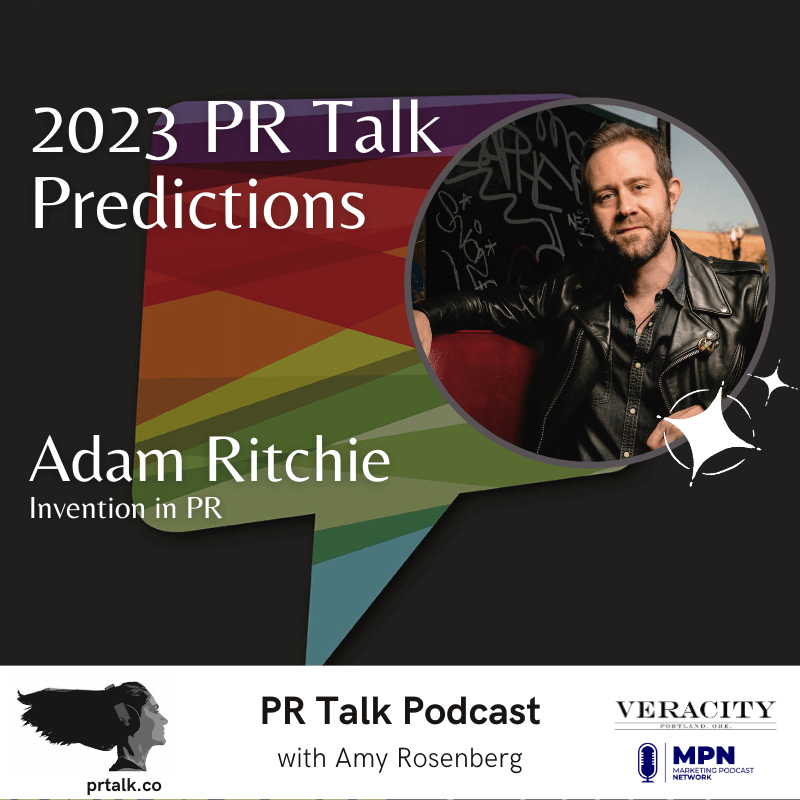


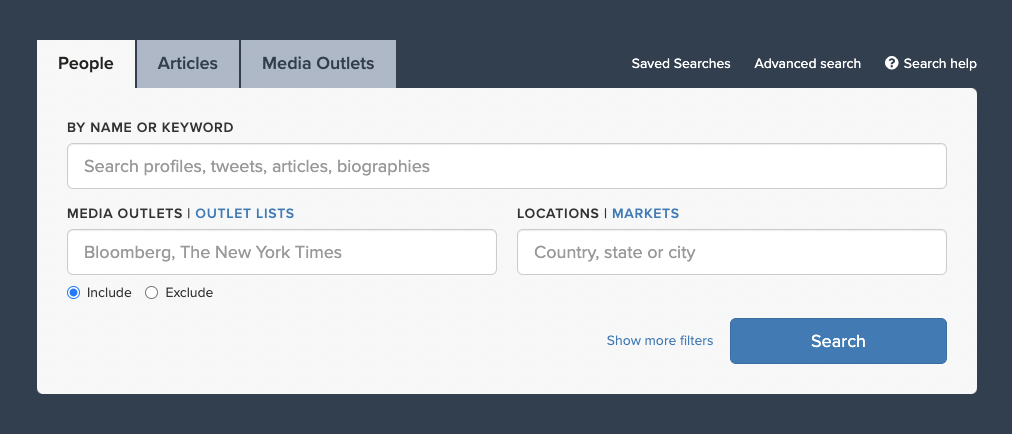


![Why You Need Data in Your PR Strategy with Christopher Penn [Podcast]](https://www.veracityagency.com/wp-content/uploads/Why-You-Need-Data-in-Your-PR-Strategy-800x600-1.jpg)




